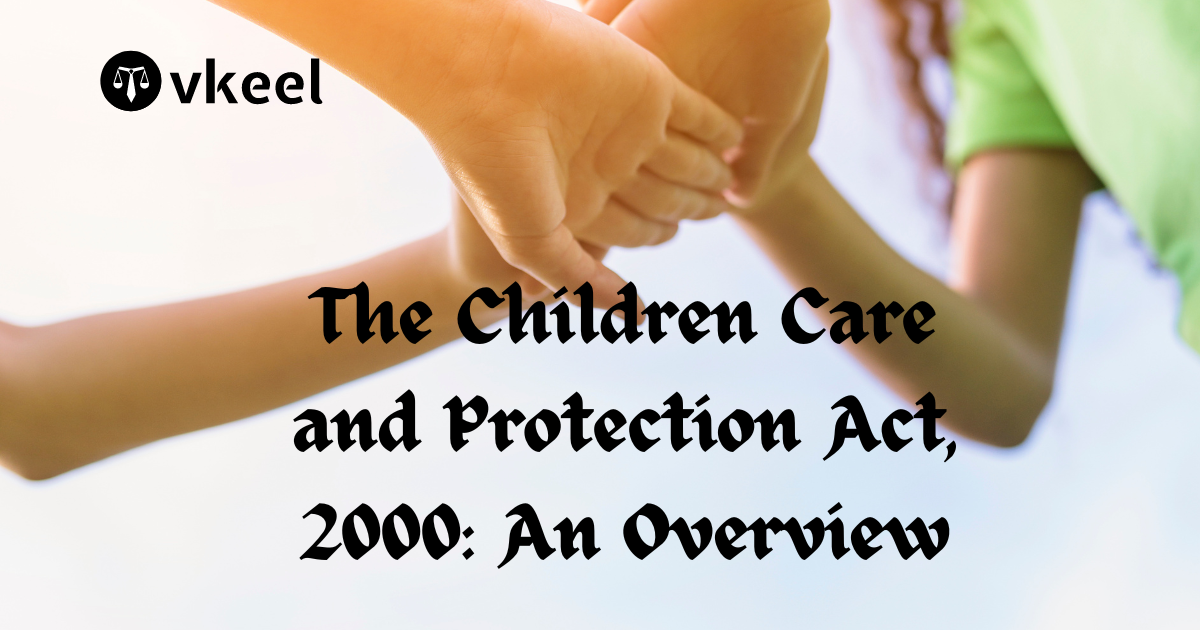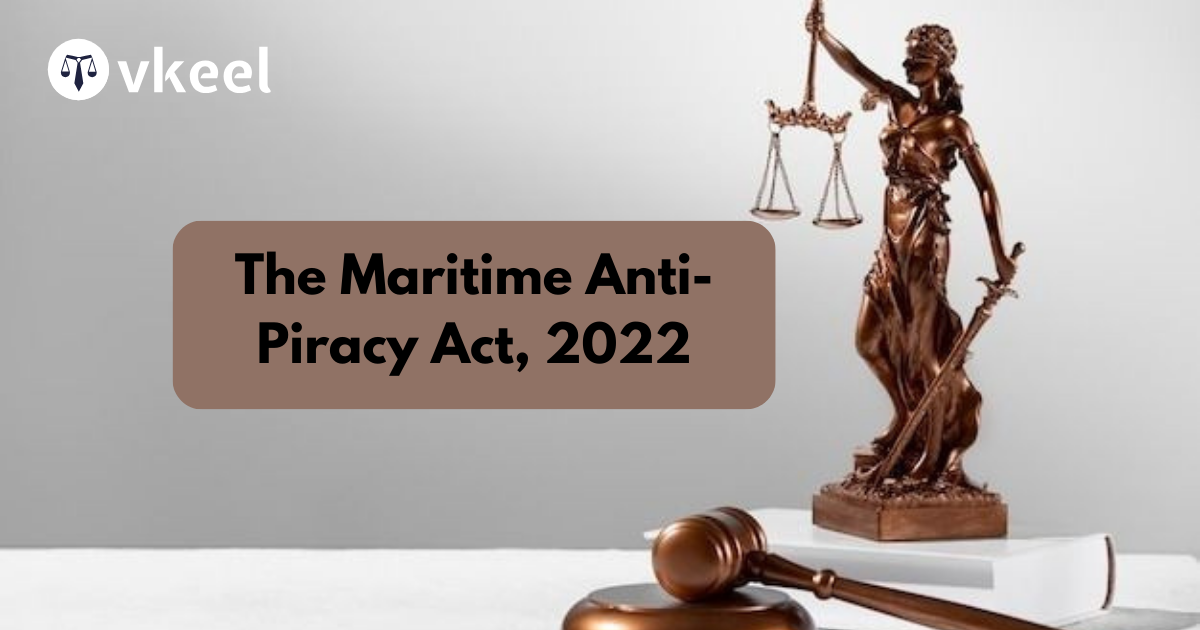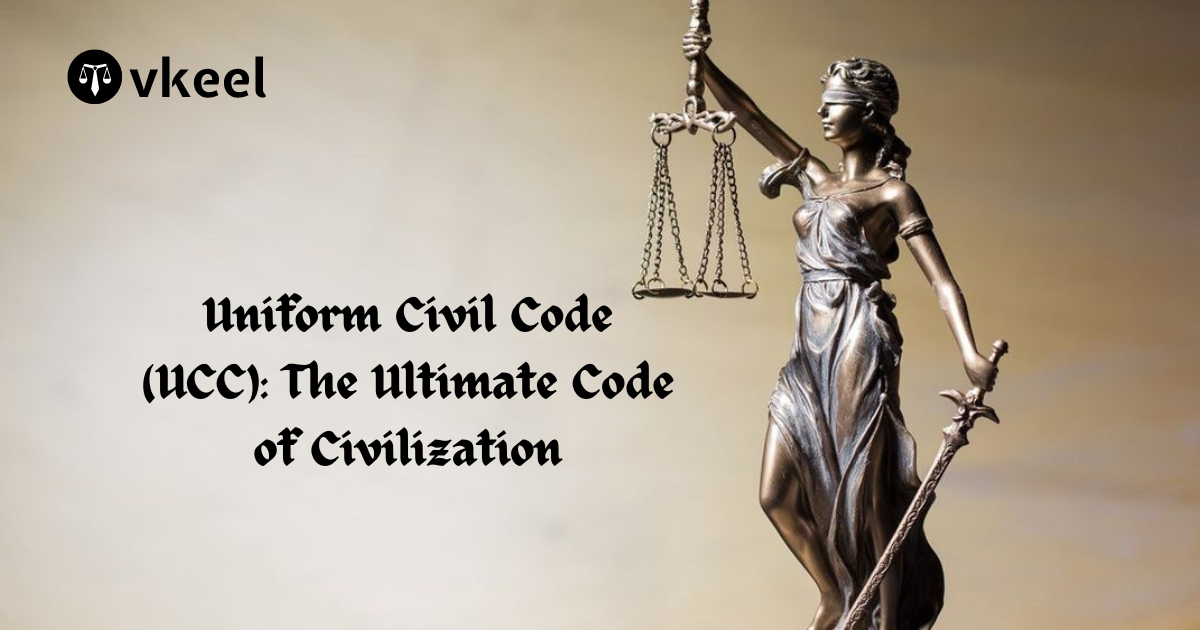The Children Care and Protection Act, 2000: An Overview
By Himanshu Kumar
Table of Contents
Introduction
The Children Care and Protection Act, 2000, is a comprehensive legislative framework enacted to ensure the care, protection, and rehabilitation of children in need. The Act addresses various issues related to child welfare, including abuse, neglect, exploitation, and the need for special protection measures. It aims to create a protective environment for children, safeguard their rights, and provide mechanisms for their holistic development.
Historical Background
The Children Care and Protection Act, 2000, now known as the Juvenile Justice (Care and Protection of Children) Act, 2000, evolved from a fragmented system of colonial-era laws and diverse state legislations addressing child welfare in India. Early laws such as the Apprentices Act, 1850, and the Reformatory Schools Act, 1897, laid the groundwork, but it was the post-independence period and the Children Act of 1960 that began to shape a more cohesive approach. The growing awareness of children’s rights, fueled by India’s ratification of the United Nations Convention on the Rights of the Child (UNCRC) in 1992, underscored the need for a comprehensive, uniform legal framework.
In response to these developments and the socio-economic challenges facing children, the Indian government enacted the Juvenile Justice (Care and Protection of Children) Act, 2000. This Act aimed to create a rights-based approach aligned with international standards, establishing specialized institutions like Child Welfare Committees (CWCs) and Juvenile Justice Boards (JJBs). Subsequent amendments in 2006, 2015, and 2021 have refined the Act, enhancing its effectiveness in protecting children’s rights and ensuring their rehabilitation and reintegration into society.
Objectives of the Act
The primary objectives of the Children Care and Protection Act, 2000, are as follows:
- Protect Children from Abuse and Exploitation: The Act seeks to shield children from all forms of abuse, neglect, and exploitation.
- Ensure Children’s Rights: It emphasizes the protection of children’s rights as enshrined in the United Nations Convention on the Rights of the Child (UNCRC).
- Provide Rehabilitation and Reintegration: The Act mandates the establishment of institutions and services for the rehabilitation and reintegration of children in need.
- Promote Family-Based Care: It encourages family-based care options such as adoption and foster care over institutionalization.
- Ensure Access to Education and Health: The Act ensures that children have access to education, healthcare, and a supportive environment for their growth and development.
Key Provisions of the Act
1. Child Welfare Committees (CWCs)
The Act mandates the establishment of Child Welfare Committees in every district. CWCs are responsible for ensuring the care and protection of children in need. They have the authority to make decisions regarding the placement of children in suitable homes or institutions and to oversee their rehabilitation and reintegration.
2. Juvenile Justice Boards (JJBs)
Juvenile Justice Boards are established under the Act to handle cases involving children in conflict with the law. JJBs are composed of a judicial magistrate and two social workers, ensuring a child-friendly approach in dealing with juvenile offenders.
3. Child Care Institutions (CCIs)
The Act provides for the establishment and regulation of Child Care Institutions, which include children’s homes, observation homes, special homes, and places of safety. These institutions are meant to provide care, protection, education, and vocational training to children.
4. Adoption and Foster Care
The Act promotes adoption and foster care as preferable alternatives to institutional care. It sets out procedures for the legal adoption of children and the placement of children in foster care to ensure their well-being in a family environment.
5. Rehabilitation and Social Reintegration
The Act emphasizes the need for comprehensive rehabilitation and social reintegration programs for children. This includes vocational training, education, counseling, and support services to help children reintegrate into society.
Amendments to the Act
Since its enactment, the Children Care and Protection Act, 2000, has undergone several amendments to address emerging issues and improve its implementation. Some key amendments include:
1. The Juvenile Justice (Care and Protection of Children) Amendment Act, 2006
The 2006 amendment introduced significant changes, including the following:
- Definition of Juvenile: The age of a juvenile was clarified as any person below the age of 18 years.
- Streamlining Adoption Procedures: The amendment streamlined the adoption process and established a Central Adoption Resource Authority (CARA) to regulate and monitor adoptions.
- Stricter Penalties: The amendment imposed stricter penalties for crimes against children, including trafficking and exploitation.
2. The Juvenile Justice (Care and Protection of Children) Amendment Act, 2015
The 2015 amendment brought about several important changes:
- Trial of Heinous Offences: The amendment allowed for juveniles aged 16-18 years to be tried as adults for heinous offenses.
- Foster Care and Sponsorship: It introduced provisions for foster care and sponsorship programs to support children in need.
- Streamlining Procedures: The amendment aimed at streamlining the functioning of CWCs and JJBs, ensuring more efficient and effective processes.
3. The Juvenile Justice (Care and Protection of Children) Amendment Act, 2021
The 2021 amendment made further refinements:
- Expanding the Definition of Child in Need of Care and Protection: The amendment broadened the definition to include children who are found working in contravention of labor laws, those subjected to or likely to be subjected to child marriage, and those who are found begging.
- Empowering District Magistrates: It empowered District Magistrates to oversee the functioning of CWCs and JJBs, ensuring better coordination and implementation of child protection measures.
- Adoption Procedures: The amendment simplified adoption procedures, making it more efficient and transparent.
Landmark Case Laws
Several landmark judgments have shaped the implementation and interpretation of the Children Care and Protection Act, 2000. Some notable cases include:
1. Sheela Barse v. Union of India (1986)
This landmark judgment by the Supreme Court of India highlighted the plight of children in detention. The Court emphasized the need for proper care, protection, and rehabilitation of children in conflict with the law. It led to significant reforms in the juvenile justice system, including the establishment of JJBs and CWCs.
2. M.C. Mehta v. State of Tamil Nadu (1996)
In this case, the Supreme Court addressed the issue of child labor and exploitation. The Court directed the government to take stringent measures to eliminate child labor and ensure the education and rehabilitation of affected children. This case reinforced the importance of protecting children from exploitation and providing them with opportunities for education and development.
3. Bachpan Bachao Andolan v. Union of India (2011)
This case focused on the issue of child trafficking and the exploitation of children in various forms of labor. The Supreme Court issued comprehensive guidelines for the identification, rescue, and rehabilitation of trafficked children. It also emphasized the need for a coordinated approach involving multiple agencies to combat child trafficking effectively.
Implementation Challenges
Despite the robust legal framework provided by the Children Care and Protection Act, 2000, several challenges hinder its effective implementation:
1. Lack of Awareness
Many stakeholders, including parents, guardians, and law enforcement agencies, lack awareness about the provisions of the Act. This leads to inadequate reporting of cases and delays in providing necessary interventions for children in need.
2. Resource Constraints
The implementation of the Act requires substantial resources, including trained personnel, infrastructure, and financial support. Many states face resource constraints, which affect the quality of care and protection services for children.
3. Institutionalization vs. Family-Based Care
While the Act promotes family-based care options, there is still a significant reliance on institutionalization. The lack of adequate support systems for adoption and foster care hinders the shift towards family-based care for children.
4. Coordination Among Agencies
Effective implementation of the Act requires coordination among various agencies, including CWCs, JJBs, police, and child protection organizations. However, lack of coordination and communication often results in delays and gaps in providing timely interventions for children.
Conclusion
The Children Care and Protection Act, 2000, is a vital piece of legislation aimed at safeguarding the rights and well-being of children in India. Over the years, it has evolved through amendments to address emerging challenges and improve its implementation. Landmark judgments have further reinforced its provisions and guided its interpretation.
However, effective implementation of the Act requires concerted efforts from all stakeholders, including government agencies, non-governmental organizations, and the community at large. Raising awareness, addressing resource constraints, promoting family-based care, and ensuring better coordination among agencies are essential steps towards achieving the Act’s objectives.
Ultimately, the success of the Children Care and Protection Act, 2000, lies in creating a protective environment where every child can grow, develop, and thrive with dignity and security.
Disclaimer:
The information provided in the article is for general informational purposes only, and is not intended to constitute legal advice or to be relied upon as a substitute for legal advice. Furthermore, any information contained in the article is not guaranteed to be current, complete or accurate. If you require legal advice or representation, you should contact an attorney or law firm directly. We are not responsible for any damages resulting from any reliance on the content of this website.










